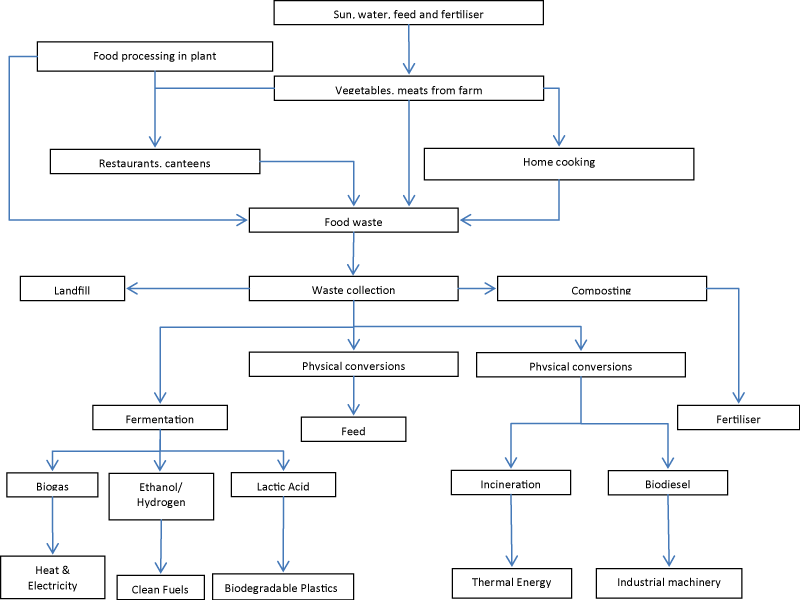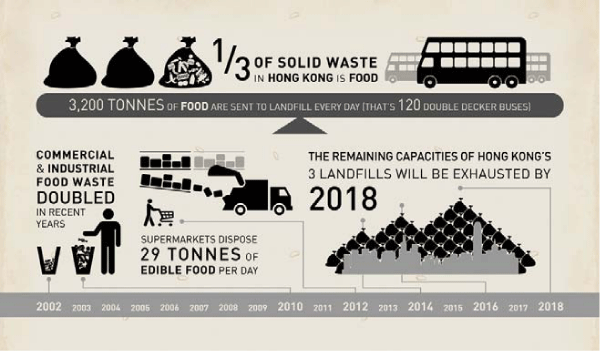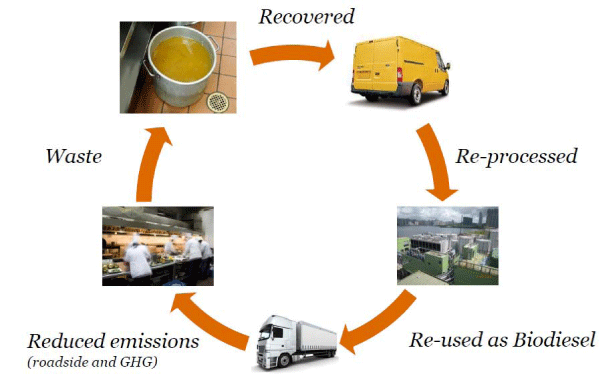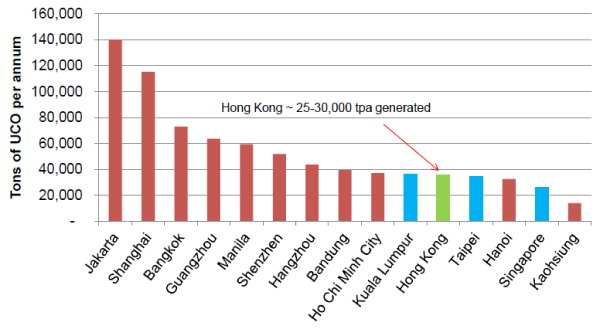
Editorial
Austin J Nutri Food Sci. 2014;2(3): 1020.
Valorisation of Food Waste for Biofuels Production in Hong Kong: Towards a Circular Economy
Carol Sze Ki LIN*
School of Energy and Environment, City University of Hong Kong, Hong Kong
*Corresponding author: :Carol Sze Ki Lin, School of Energy and Environment, City University of Hong Kong, Hong Kong
Received: January 23, 2014; Accepted: March 11, 2014; Published: March 19, 2014
Diverse combinations and international gourmet expertise have given Hong Kong the reputable labels of “Gourmet Paradise” and “World’s Fair of Food”. This makes the catering business serves as a main economic contributor in Hong Kong. Hong Kong has a large number of restaurants per capita despite of its small geographical size. Therefore, the emerging of food waste issue is becoming imminent in Hong Kong.
Regarding to the roaring commercial and industrial food waste from less than 400 tonnes per day in 2002 to over 1,000 tonnes per day in 2011 [1]. The mounting food waste problem in Hong Kong is resulted from the blooming food industry over the decade. In 2011, over 3,500 tonnes of food waste, accounting for about 40 per cent of municipal solid waste, were disposed at landfills every day. Therefore, food waste constituted the largest municipal solid waste category. Hong Kong faces an imminent waste problem; the space required for this vast amount of food waste is equivalent to the capacity of 120 double decker buses [2]. This would certainly lead to the rapid depletion of the limited landfill space and impose severe burdens on the local environment.
According to the Environmental Protection Department in Hong Kong, three strategic landfills namely West New Territories (WENT) Landfill, South East New Territories (SENT) Landfill and North East New Territories (NENT) Landfill would be saturated in 2018, 2014, 2016 respectively [3].At the moment, astounding amount of food wastes are disposed into landfills without recycling and impose immense pressure on the three landfills with limited capacity. Therefore, sustainable development such as converting the food waste to high value–added products should be developed to address the food waste problems promptly in Hong Kong.
Inclusion criteria for all patients
The traditional methods of food waste management were mainly community disposal or landfill. However, these measures would cause pipe jam, smelly environment and pollution. In the 1980s, many developed countries started harmless disposal and resource utilization research of food waste. Waste food treatment and management was specialized and standardized in some modern cities. At the end of 20th century, the National Strategy of Member States was issued to declare the policies related to the recovery and disposal of the waste. The objectives are focused on the human health and environmental safety, network of waste disposal installations, self–sufficiency disposal, clean technologies and utilizing waste as a renewable source of energy [4, 5].
Today, in the concept of valorization, more and more cities participate in the food waste reduction and recycling activities. The process flow diagram showing food production and waste generation could be briefly concluded in Figure 1 below.
Figure 1: Process flow diagram shows the food production and waste generation with various treatment methods.
Figure 2: Facts about food waste issue in Hong Kong [2].
Inclusion criteria for all patients
As shown in Figure 1 above, food waste is indeed a valuable resource which can be transformed into useful energy. Figure 2 shows the circular economy is a sustainable process in which we recycle the carbon that is already in our living environment [6].
The future biofuels are likely to be:
- Ethanol from sugar cane
- Fuels from waste
- Fuels from cellulose
Figure 2: Biodiesel from Waste – Towards a Circular Economy [6].
As shown in Figure 2, environmental and social aspects associated with biofuel production are closely interrelated to biofuels. The issue includes energy consumption, greenhouse gases emissions, land usage, biodiversity and food security, feedstock availability. Tradeoffs has to be made among different impacts.
ASB Biodiesel (http:⁄⁄www.asb–biodiesel.com⁄)is the first biodiesel plant in Hong Kong, which has been commissioned to its operation since December 2013. The biodiesel factory has a capacity of producing 100,000 tons of low–carbon transport fuel per year [6]. The amount can offset 257,000 tons of greenhouse gas emissions, which is equivalent to 3.6% of the total emitted amount by the transport sector in Hong Kong.
Unlike many biodiesel plants, ASB Biodiesel facility can process multiple feedstocks, which includes cooking oil and grease trap oil. The biodiesel can be used in diesel engines without modification.
Biodiesel production from waste cooking oil is the lowest carbon transport fuel commercially available at industrial scale today ( Figure 3). Hong Kong has a Hugh potential of developing biofuels from waste, as there are 25,000–30,000 tonnes of used cooking oil generated in Hong Kong per annum [6].
Figure 3: Annual amount of used cooking oil in Hong Kong and other major Asian cities [6].
References
- "Food Waste Management in HK'
- ''Food Waste Stats'' [Online].
- "StrategicLandfills"
- Lane P. and Peto M. Blackstone's Guide to the Environment Act 1995. Blackstone Press Ltd.1995.
- Gervais C. An Overview of European Waste and Resource Management Policy.Forum for the Future. 2002.
- Vazquez R. ASB Biodiesel: Clean Transport Fuel from Waste. ASB Biodiesel.2013.



